Whether it be to explore nature or discover historic venues, groups are spoilt for choice in Cheshire.
1. Beeston Castle
A millennia-old sweep of hills called the Sandstone Ridge offers a prime walking location. Along the way is Beeston Castle (pictured above), the ruins of a fort that cling to a rock, girdled by woodlands, which was built by Ranulf, Earl of Chester, in the early 13th century. Yet he was not the first to occupy this vantage point. Recent investigations have revealed arrowheads from the Neolithic period and evidence of a Bronze Age Community and an Iron Age fort.
All this can be explored by visitors while enjoying views over to Peckforton Castle, on the opposite outcrop. It looks like a rival fortification, yet it was built in the 19th century as a home for local landowner, Lord Tollemache, and is now a luxury hotel.
2. Chester Rows
The four main streets in Cheshire’s ancient heart are lined with walkways at first floor level that overlook the streets below. These unique structures, which were created in medieval times and built on Roman foundations, have been improved across seven centuries by Tudor, Georgian, Victorian and contemporary architects.

Groups can unpick the layers of history on Visit Cheshire’s free self-guided audio trail, Discover The Rows, or on a group guided tour with the Guild of Chester Tour Guides, which can also take in the city’s cathedral, castle, racecourse, and Roman and medieval walls.
3. National Waterways Museum, Ellesmere Port
When the great 18th century canal engineer Thomas Telford linked landlocked Ellesmere in Shropshire to the River Mersey, he opened a trade route to the world. This historic junction is now the site of one of the two National Waterways Museums. The locks and basins are Telford’s design, while the rest of this complex of warehouses are Victorian. It’s an attractive backdrop to exhibitions revealing the boat-building trades and associated crafts and a fine collection of narrowboats, barges, tugs and ice breakers.
4. Tatton Park
There’s much to explore at Tatton Park, one of England’s finest stately homes. At its heart is a Neoclassical mansion with Regency interiors, and a medieval Old Hall. But here, too, you’ll also find 50 acres of gardens of the quality to host an RHS show each year and a farm that nurtures rare breeds and teaches young and old about the journey of food from field to fork (sample it in the restaurants, cafes and shops in The Stableyard).
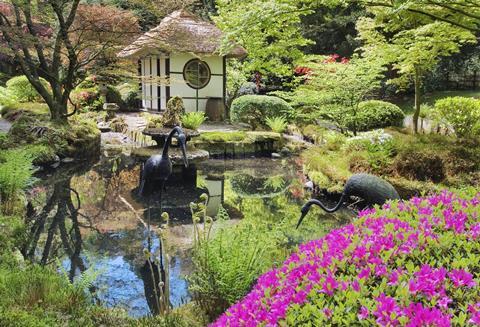
Plus, there are 1,000 acres of open parkland to explore, roamed by red and fallow deer. Pass through Tatton’s gates to discover the Cheshire town of Knutsford, once home to the author Elizabeth Gaskell. She is the subject of one of the tours hosted by the Knutsford Heritage Centre.
5. Delamere Forest
One of the last remnants of the medieval hunting grounds of the powerful Norman Earls of Chester, is now a lovely setting for walking and cycling along waymarked paths and trails. The ‘forest of lakes’ was once pockmarked with meres and mosses, wetlands that are now being restored to welcome back insects such as the white-faced darter dragonfly and birds including the woodcock.
There are paths to suit different abilities among the trees, which include English oak, sweet chestnut and Scots Pine. The trail leading to the highest point, Old Pale hill, offers the reward of a fine panorama of the surrounding counties, with glimpses of Liverpool to the west and the Cheshire Peaks to the east.
6. Anderton Boat Lift
In the late 1800s the civil engineer Edwin Clark was presented with the problem of linking the Trent & Mersey Canal with the River Weaver – across a 50-foot-high drop. He came up with an ingenious solution, building a boat lift to bridge the gap. This extraordinary feat of high Victorian engineering, which opened in 1875, used hydraulic rams to raise and lower counterbalanced tanks known as ‘caissons’ within an iron superstructure, earning it the nickname the Cathedral of the Canals.
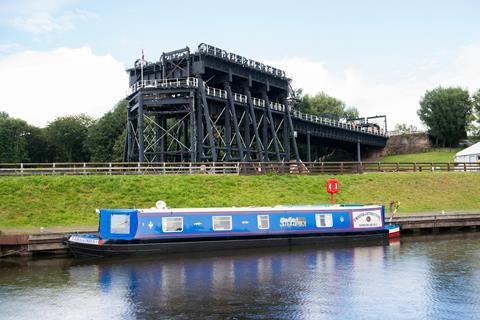
The spectacle of barges and narrowboats ‘floating’ through the air from one waterway to the other is particularly striking and can also be experienced on a guided group cruise.
7. Silk Museum
Cheshire was a global centre for silk-making, with Macclesfield a boomtown for the craft in the 18th and 19th centuries. Today the industry’s 300-year history is told at the Silk Museum, where there are amazing machines and beautiful fabrics and patterns to admire. Silk transformed the landscape of Macclesfield with mills and factories, Georgian terraces and Victorian places of worship.
Much of this urban scene has survived yet it gives way here and there to offer glimpses of the nearby foothills of the Cheshire Peak District and the town is the perfect jump-off point for Tegg’s Nose Country Park.
8. Jodrell Bank
Deep in the Cheshire countryside the giant ear of the Lovell Telescope has been listening to space since the 1940s. Don’t be fooled by its location in this rural backwater, the radio observatory’s contribution to mankind’s understanding of the universe led to it earning UNESCO World Heritage Site Status in 2019.
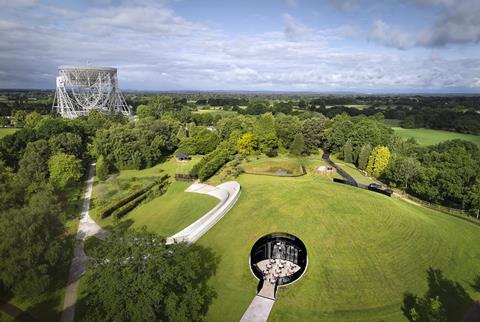
Just three years later, a multimillion-pound visitor centre opened on the site, the First Light Pavilion, an eye-catching subterranean dome that has been cleverly designed to reflect the bowl shape of the adjacent telescope. Within its walls is an exhibition, as well as planetarium-style Dome Shows and expert talks.

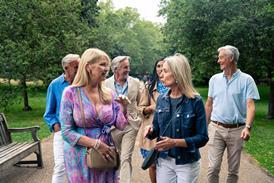


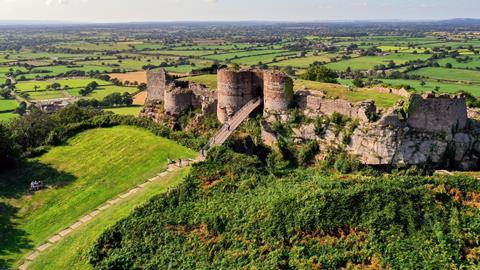








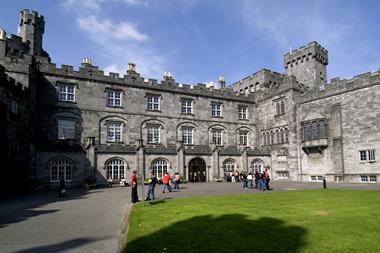
No comments yet